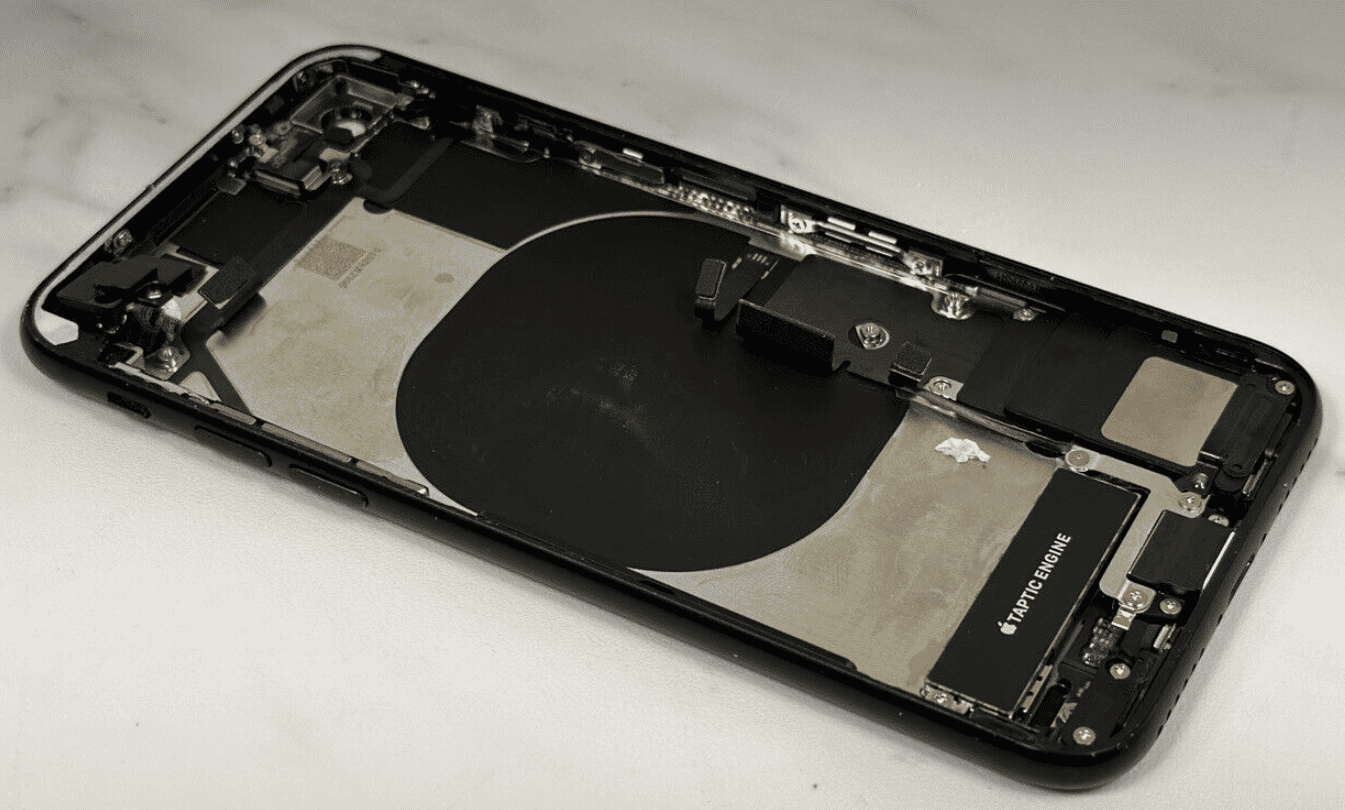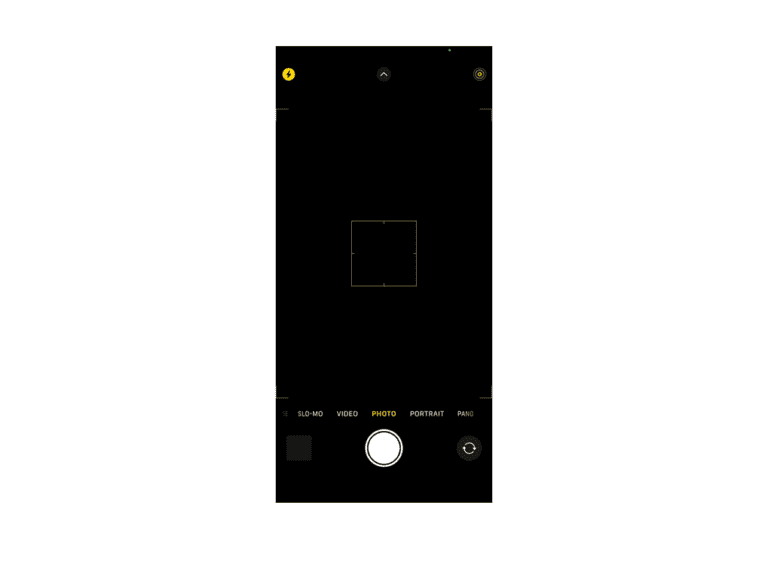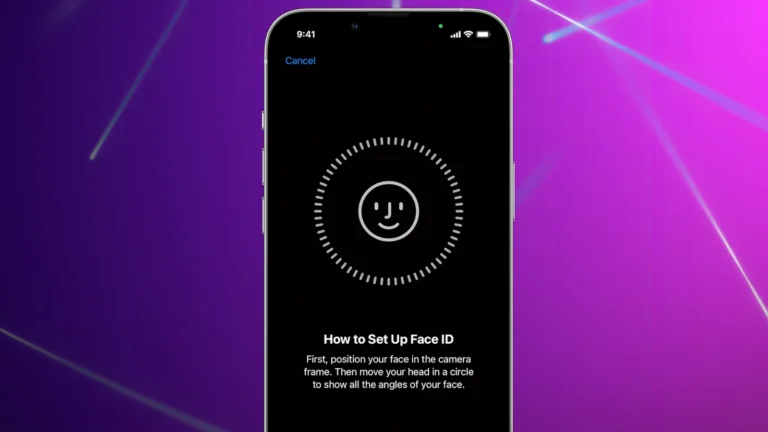When it comes to the compatibility of iPhone SE 2020 housing with the iPhone SE 2022, the answer is not straightforward. Based on a discussion from the r/mobilerepair subreddit, it’s clear that while these two models share some similarities, there are significant differences that affect housing compatibility.
Understanding the Housing Differences
The iPhone SE 2020 and SE 2022, at first glance, might seem similar enough to assume interchangeable parts. However, this is not entirely the case. While the external dimensions and design may appear similar, internal components and their configurations differ, affecting the compatibility of the housing.
Display and Battery Compatibility
One of the key points raised in the discussion is the compatibility of displays and batteries between these models. The iPhone SE 2020 and SE 2022 share the same display, but the battery compatibility is a different story. The SE 2022 uses a connector compatible with the iPhone 13 series, which is not interchangeable with the SE 2020. This difference is crucial for repair and replacement considerations.
Speaker Modules and Screw Placement
Another aspect to consider is the speaker modules and screw placement. While the screw placements remain consistent, the speaker modules differ in length. This variance means that while you can physically place one model’s housing on the other, certain internal components will not align or fit properly.
The Charger Port and Back Glass
Interestingly, the charger port of the iPhone SE 2020 was mentioned as a point of difference. However, there was a consensus that the back glass of these models is interchangeable. This information is particularly useful for repairs involving back glass damage.
Practical Implications for Repairs
For those looking to repair or modify their iPhones, understanding these differences is crucial. It’s not just a matter of aesthetics but functionality. Using the wrong housing or internal components can lead to issues with phone operation, and in some cases, may even damage the device.
The Role of Professional Repair Services
Given the complexities and nuances in iPhone SE model compatibility, it’s often advisable to seek professional repair services. Trained technicians can navigate these intricacies, ensuring that the right parts are used and that repairs are conducted safely and effectively.
DIY Repairs: A Word of Caution
For the DIY enthusiasts, it’s important to approach repairs with caution. While online forums and discussions provide valuable insights, they are no substitute for professional advice. Incorrect repairs can lead to further damage or even void warranties.
FAQs on iPhone SE Housing Compatibility
- Can the iPhone SE 2020 housing fit the iPhone SE 2022? No, due to differences in internal components and their configurations, the housings are not fully compatible.
- Are the displays of the iPhone SE 2020 and SE 2022 interchangeable? Yes, the displays are the same for both models.
- Is the battery of the iPhone SE 2022 compatible with the SE 2020? No, the SE 2022 uses a battery connector compatible with the iPhone 13 series, which does not fit the SE 2020.
- Can I interchange the back glass of the iPhone SE 2020 with the SE 2022? Yes, the back glass is interchangeable between these two models.
- Are the speaker modules the same in the iPhone SE 2020 and SE 2022? No, they differ in length, which affects housing compatibility.
- Is it advisable to attempt a housing swap between these models as a DIY project? Caution is advised as incorrect repairs can lead to damage or void warranties.
- Do the iPhone SE 2020 and SE 2022 have the same external dimensions? While they appear similar externally, internal differences affect housing compatibility.
- Can a professional repair service interchange parts between these iPhone SE models? A professional can advise on what parts are interchangeable, but some components are model-specific.
- What should I consider before attempting to replace parts between these iPhone models? Consider the compatibility of internal components like the battery, speaker modules, and connectors.
- If I damage my iPhone SE 2022, can I use parts from an SE 2020 for repairs? It depends on the part. While some components like the back glass are interchangeable, others like the battery and housing are not.







